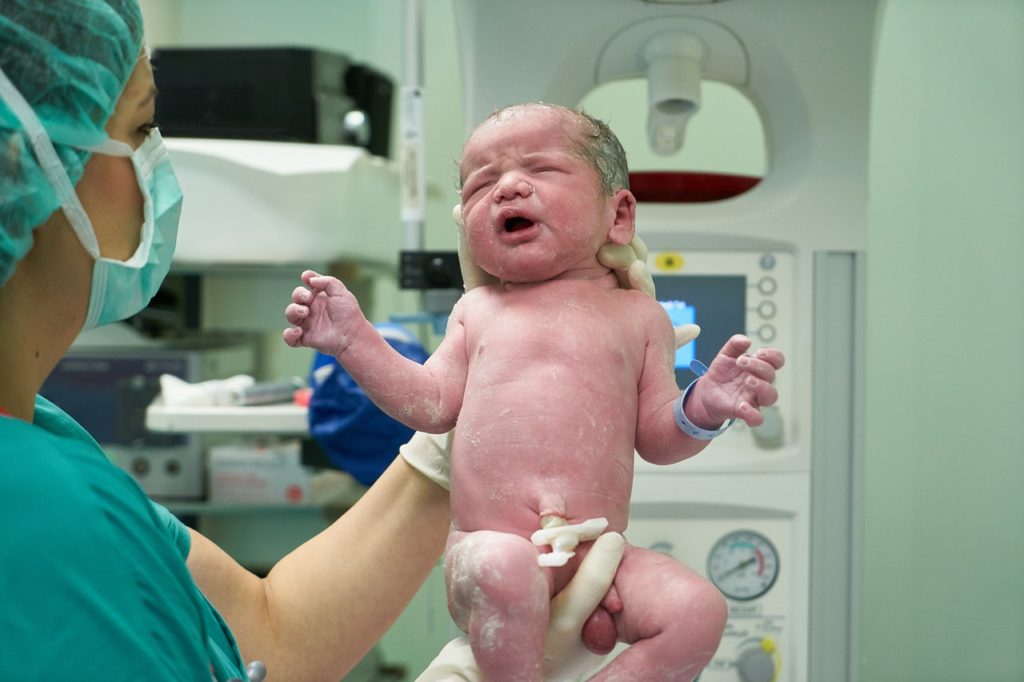In August 2018, pro-life blogger Patricia Maloney reported that the Canadian Institute of Health Information (CIHI) recorded 766 late-term, live-birth abortions over a five-year period. In other words, pregnancies were ended late enough in pregnancy that the child survived for some amount of time outside the womb but died shortly thereafter in the absence of attempts at life-saving medical care. This isn’t the first time cases like these have been reported.
As Maloney herself notes, there is much speculation about why and how these deaths happen. The sources listed on her blog give us numbers but they don’t tell us how or why these children died after a failed abortion, and why this is still considered an abortion rather than a stillbirth or murder.
But ignoring the issue because of the gray areas will never gain us more clarity. We have a pretty terrible reporting system around abortion. Hospitals report their abortion-related data, but they perform only about a quarter of the approximately 100,000 abortions that occur annually in Canada. Private clinics take care of the remaining 75%, but they are not required to report their data on anything from gestational age at the time of abortion to complications that followed.
To be clear, most late-term abortions are performed in hospitals, and so recorded. Clinics generally do not perform abortions after the first trimester. It is also likely that many of these children suffered from diseases or abnormalities that resulted in a quick death after birth, or their hearts were injected with something intended to kill them prior to birth which took effect shortly after. However, until we know for sure with proper records, these vague and horrifying numbers will have no context and there will be no criminal consequences for potentially real criminal acts.
Our Criminal Code is very clear that pre-born children are not considered persons under the law until they have proceeded, in a living state, from the body of the mother. At this point, after exiting the ‘magical birth canal’ as one viral video calls it, the child has full human rights. The death of a child that proceeded in a living state from its mother may be called a failed abortion, but the rights conferred on that child at birth should stand.
So should these deaths be called abortions? Is medically-induced delivery of a baby prior to its due date with the intention of letting it die abortion? We would argue it is not, in terms of statistics. Killing a child in the womb and removing the pieces is abortion. This forced delivery without intent to save falls more to the line of infanticide.
Most presume these late-term abortions happen because a fatal abnormality or disability has been detected by ultrasound. This may occasionally be the case, but it is just as likely that the disability is simply unwanted. This could be anything from Trisomy 18 to Down Syndrome to a cleft palate.
It seems we allow children born alive to die without intervention because they are not, for whatever reason, wanted anymore. Often these babies start off wanted, and it is devastating to their parents to discover their child will not be what they hoped and dreamed. We don’t want to minimize the grieving that can accompany a late-term prenatal diagnosis. But neither can we minimize the reality that the diagnosis changes a wanted child to an unwanted one on the whim of the parents. The humanity of the child doesn’t change, but the value placed on her does.
This has an impact on all Canadians who have, or live with, or know someone with, a disability or abnormality. This is a form of ableism that determines the value of a life by comparing it with a subjective ideal.
In Canada, we claim to be a leader in human rights, yet we allow pre-born humans to be aborted because they are girls, because they have a cleft palate, or because they have Down syndrome. Polls show that close to 80% of Canadians assume we have laws limiting abortion at some point in pregnancy. Those Canadians do not believe things like this could happen in Canada, and abortion activists and the media certainly aren’t doing anything to disillusion them.
Every other democracy in the world has some legal protections for children in the womb; Canada does not. Let’s have the discussion. Let’s insist on statistics that account properly for a child’s birth and death. Let’s say there are things which are simply not okay.
